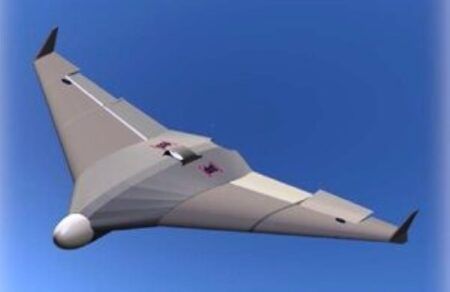Members of the Arnold Engineering Development Complex (AEDC) Instrumentation, Data and Controls (ID&C) team have implemented software changes that will benefit aeropropulsion test cells at the complex by increasing the speed in which the US Air Force and AEDC test customers receive dynamic data.
Mike Pepple, an ID&C supervisor, credits the team of software engineers for improving the Computer Assisted Dynamic Data Monitoring and Analysis System (CADDMAS) and Propulsion Data Processing and Analysis System (PDPAS) to assist AEDC analysts in their support of these test cells. Those leading the effort were Rusty Zarecor, Stephen Powell and Michael Walker.
“They made software changes to enable the transmittal of CADDMAS data to PDPAS and then obtained additional disk storage,” Pepple said.
This capability enables test teams to access dynamic data for analysis in near real time. The new transmittal process only takes minutes, whereas it had previously taken up to a week for data availability.
“During a turbine engine test, you have high volumes of data,” Steve Arnold, structural test analyst, stated. “A lot of time was spent moving this data over external hard drives, which can slow down the test and analysis process.”
Another benefit is that data packages can be provided to test customers within hours of a test rather than days or weeks. In addition, once a test program is completed, AEDC analysts still have access to the dynamic data points.
“It simplifies and speeds up test data analysis,” added Arnold. “Data is critical to the US Air Force when making decisions because if testing twice a week, you’re able to get data and see how you’re going to run the next tests.”
Phil Voyles, an ID&C supervisor, noted that AEDC has always been ahead in terms of dynamic data processing and analysis software: “AEDC led the revolution more than 20 years ago.” He noted that in the past, this type of software was used only for structural testing, but that more recently it has been used during every engine test.
Pepple also added that for certain tests, dynamic data points could only be viewed if you took down the real-time displays. “The improvement above provides another stream so that analysts, located remotely, can view the dynamic data points,” he said. “This is especially important for the projects that focus on data from strain gauges.”
The software improvements were utilized during F135 engine testing in C1 and J2, and AEDC believes they will benefit operations for many future turbine test projects.
September 29, 2016





